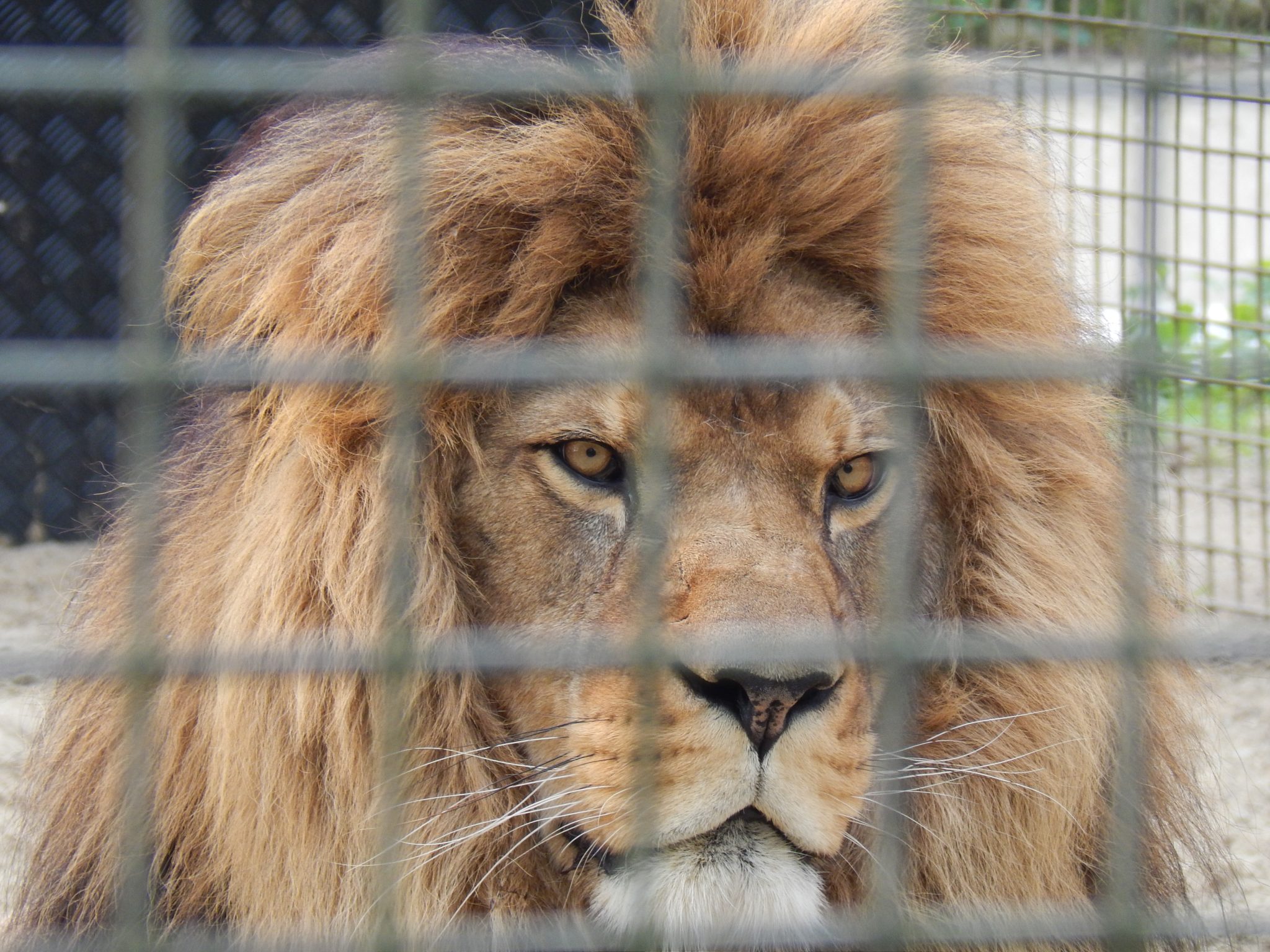In his paper, published in the International Journal of Evolutionary Biology, Dr Simon Black discusses the recommended reclassification of lion subspecies and its practical implications for lion conservation, with particular reference to the value of the captive population of suspected ‘Barbary’ lions from Morocco.
The recommended naming system, which follows several years of genetics studies and is currently being considered by the IUCN (who oversee the Red List of Endangered Species), will now divide lions into two subspecies. Panthera leo leo is the ‘northern’ subspecies ranging from India, the Middle East, North Africa, West Africa and Central Africa, and a separate sub-species Panthera leo melanochiata is found in Southern, Eastern and North Eastern Africa. Almost all lions in the wild comprise that latter ‘southern’ group, P.l. melanochiata, as do virtually all lions seen in captivity.
Only a few hundred animals in India, Central Africa and West Africa now represent the lion subspecies P.l. leo in the wild, and some isolated groups of lions in West Africa have as few as five or ten surviving individuals. The last stronghold of this ‘northern’ group of lions is in India, where around 400-500 animals remain. Aside from their rarity in the wild, similarly very few animals from this group exist in captivity. Outside India there are only about 100 captive lions in the European Studbook and no animals from West or Central Africa are known to be in captivity.
Dr Black raises the likely importance of an additional captive group, the so-called ‘Moroccan lions’, descended from the historic Royal captive collection from Morocco. These animals are thought to be related to the now extinct North African ‘Barbary’ lion. Genetic studies have put these animals within the ‘northern’ group of lions, which would suggest that these 90-or-so captive animals, which have been kept separate for decades, may represent a significant chunk of the entire population of the ‘northern’ sub-species of lion.
The practical possibility is that the Moroccan lions represent a significant conservation resource. At the very least they offer a captive ark for sustaining the population. However, if they were to be returned to suitable areas of North Africa, even in small numbers, they would offer a further presence of Panthera leo leo across its former northern range.
Dr Black is a member of the Durrell Institute of Conservation and Ecology and teaches on the MSc programme in the School of Anthropology and Conservation. You can follow his kentblog on the Barbary lion.
Simon A. Black, “The Challenges and Relevance of Exploring the Genetics of North Africa’s ‘Barbary Lion’ and the Conservation of Putative Descendants in Captivity” International Journal of Evolutionary Biology, vol. 2016, Article ID 6901892, 9 pages, 2016. doi:10.1155/2016/6901892

